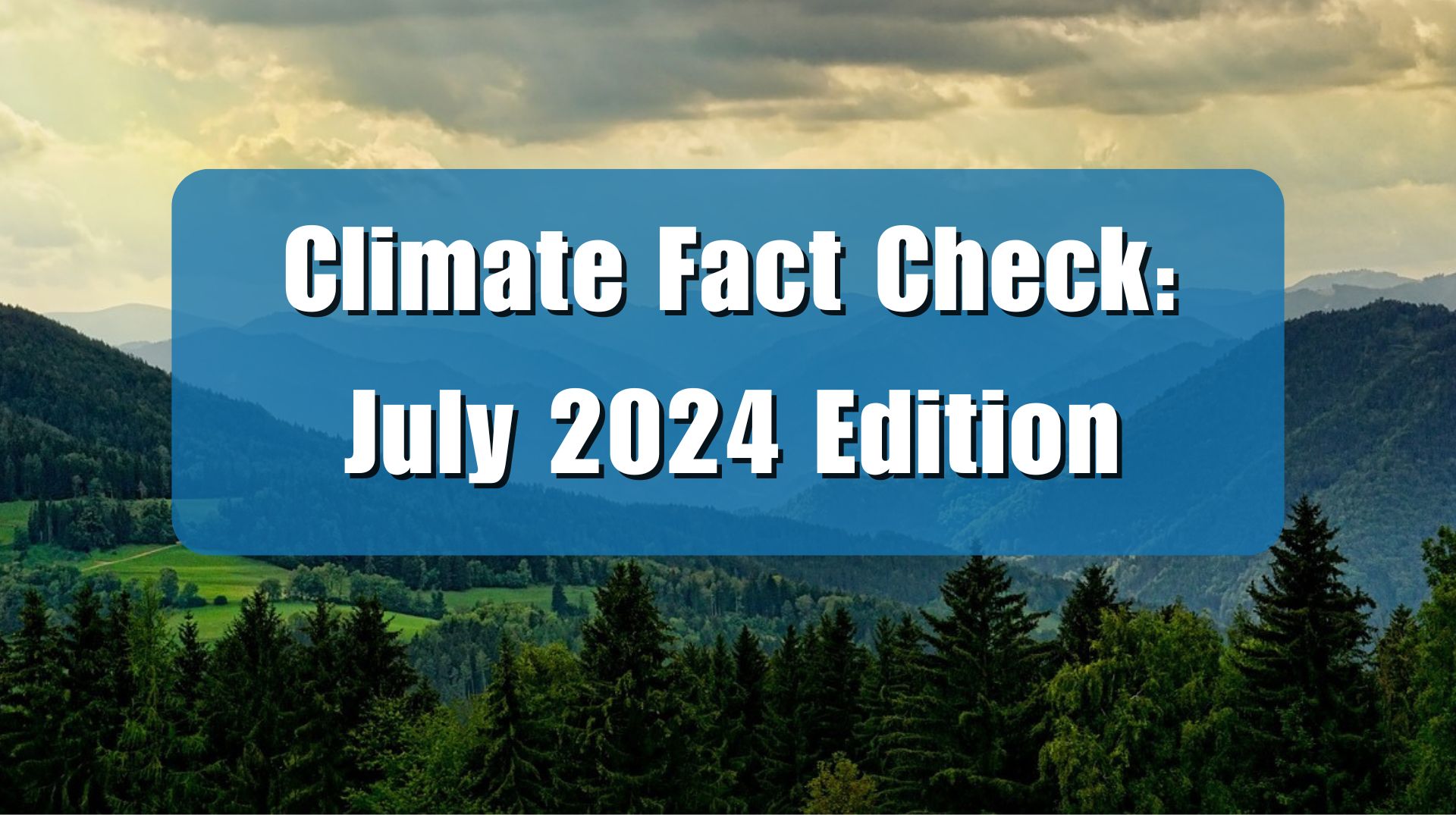A new report by the Ag/Web Farm Journal details how in 2020 global crop yields set new records. The report can be found at “WASDE Increases Corn Exports by 50 Million Bu.”.
According to the report, the U.S. Department of Agriculture’s (USDA) 2020/2021 World Agricultural Supply and Demand Estimate (WASDE) says global wheat production is expected to set a new record of 773 million metric tons (MMt). The previous record of 765 MMt was set just a year ago in 2019/2020 season.
USDA reports it expects a new record for corn production, as well, predicting the 2020/2021 growing season’s global corn crop will hit 1.44 billion metric tons (BMT). This tops the 2019/2020 previous production record of 1.12 BMt.
According to the WASDE, rice production is expected to top 504 MMt in the 2020/2021 crop year, another record, surpassing the 2019/2020 crop of 498 MMt.
The USDA reports, corn, rice, and wheat, the world’s three most important crops, set production records again in 2020. You will be hard pressed to find this reported in any mainstream media articles or anywhere near the top Google News search results. If the USDA had instead announced falling yields and widespread crop failures, certainly Google News and the mainstream media would be falling all over themselves to report the “climate crisis.”
But that is merely a hypothetical, because crop production continues to set record after record after record as the Earth continues its modest warming.

















The increased agricultural production is from higher levels of atmospheric co2 not warming temperatures.
Tony Heller of RealclimateScience.com regularly graphs raw temperature data and has revealed a moderate temperature decline over the last 120 years. It is impossible to get any more scientific than comparing raw data to altered data.
Excellent outcome and article but poor title for the article.
With that said, please keep up the excellent work Heartland and ClimateRealism.
The starting point of your modest warming claim is of the utmost importance.
Clarity is everything.
I apologize if I have insulted you Mr. Burnett with my initial comment.
Respectfully yours
The earth continues it’s modest warming?
Since when?
https://realclimatescience.com/2021/02/coldest-valentines-day-on-record-2/ (5:00 graphs)
If you have faith NASA/NOAA temp. data sets you are not doing adequate science because they are highly altered.
If the corrections fixed known problems in the instruments, that would help accuracy. But they are statistical. They make the station measurements smoother when mapped and they smooth over discontinuities. In my opinion, NOAA has overdone it. TOB, PHA, infilling and gridding are overkill. This is easily seen in Figure 7 and by comparing Figure 3 to Figure 6 or Figure 5. Does the final trend in Figure 3 more closely resemble the measurements (Figure 6) or the net corrections in Figure 5? The century slope of the data is 0.25°, the corrections add 0.35° to this and the “climatological gridding algorithm” adds 0.9°! It is worth saying again, the type of statistical operations we are discussing do nothing to improve the accuracy of the National Temperature Index, and they probably reduce it.
https://wattsupwiththat.com/2020/11/24/the-u-s-national-temperature-index-is-it-based-on-data-or-corrections/